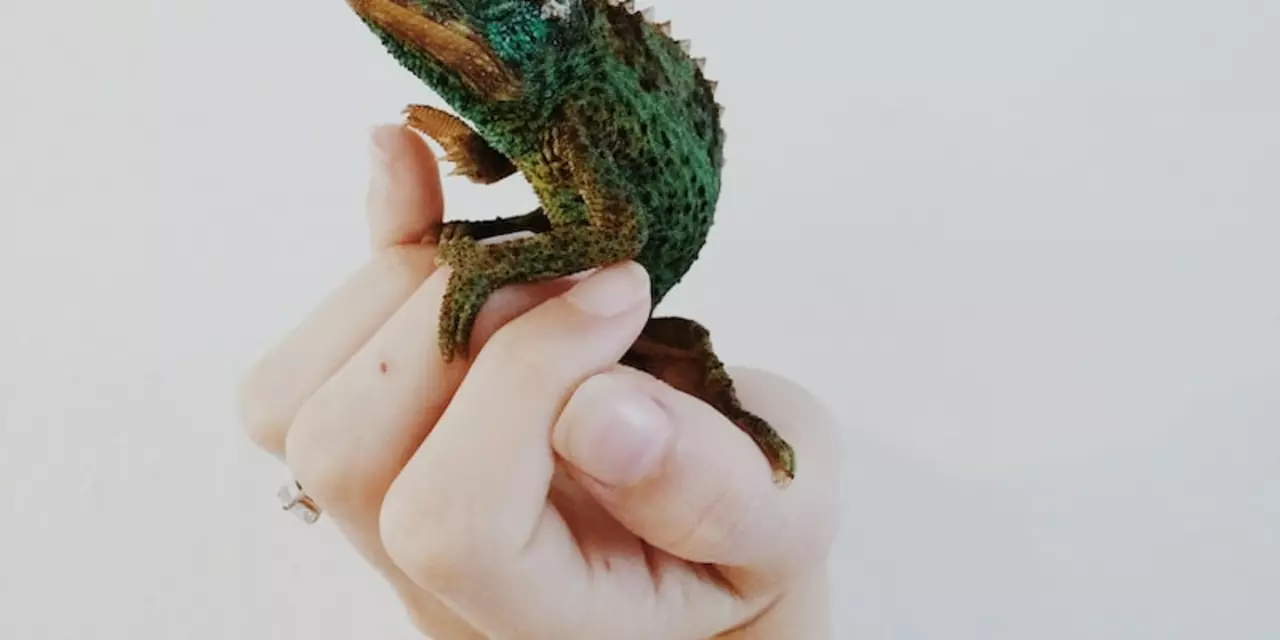Tissue Damage: Causes, Symptoms and What to Do First
Tissue damage can range from a small scrape to a deep injury that needs surgery. Ever wondered how to tell a minor cut from something serious? This short guide explains common causes, how to treat injuries right away, and when you must get medical help.
Tissue means skin, muscle, fat, nerves and organs. Damage happens when these parts are cut, crushed, burned, infected or starved of blood. You can get tissue injury from falls, car accidents, sports, kitchen accidents, chemical burns, bites or infections. Some causes, like frostbite or pressure sores, happen slowly. Others, like cuts or crushes, are sudden.
Signs vary by type and severity. Look for bleeding, swelling, pain, numbness, weakness, change in color, blisters, or open wounds. If an area feels cold, pale or hard, that may mean poor blood flow. If you see pus, bad smell or spreading redness, infection is likely. Loss of function—can’t move a limb or can’t feel part of the body—is a red flag.
Quick first-aid steps
Act fast but stay calm. For minor cuts and scrapes: wash with clean water, apply gentle soap, stop bleeding with pressure, and cover with a sterile dressing. For deeper cuts: press firmly to control bleeding, avoid probing the wound, and seek medical help quickly. For burns: cool the area with running cool (not icy) water for 10–20 minutes, remove tight items like rings, and cover loosely. Don’t put butter, oils or ointments on serious burns.
For crushed injuries: free the person from danger, control bleeding, and avoid moving them if spine injury is possible. Do not remove objects stuck in a wound—stabilize them and get urgent care. If a bite breaks the skin, clean it and see a doctor; animal and human bites can cause deep infection.
When to get medical help
Go to the ER or call emergency services if bleeding won’t stop after 10–15 minutes of firm pressure, if the wound is deep or gaping, if there’s exposed bone or tissue, or if you can’t move or feel part of the limb. Also seek care for large burns, burns to face/hands/genitals, signs of infection (fever, spreading redness, increasing pain), or if the injury was caused by a dirty/animal bite or a rusty object and your tetanus shot is overdue.
Doctors use exams, X-rays, CT scans or MRIs to check the extent of tissue damage. Treatments include wound cleaning, stitches, antibiotics, tetanus shots, surgery (to repair tissues or remove dead tissue), and physical therapy to regain strength and motion. Recovery time depends on how deep the injury is and the tissues involved.
Prevent injuries by using proper protective gear, handling tools safely, keeping floors clear, and avoiding risky behavior when tired or impaired. For chronic risks like pressure sores, change position often and keep skin dry. Small actions reduce big problems.
Remember: quick, correct first aid limits damage and speeds recovery. If in doubt, get checked—early care often prevents a small issue from becoming a major one.
